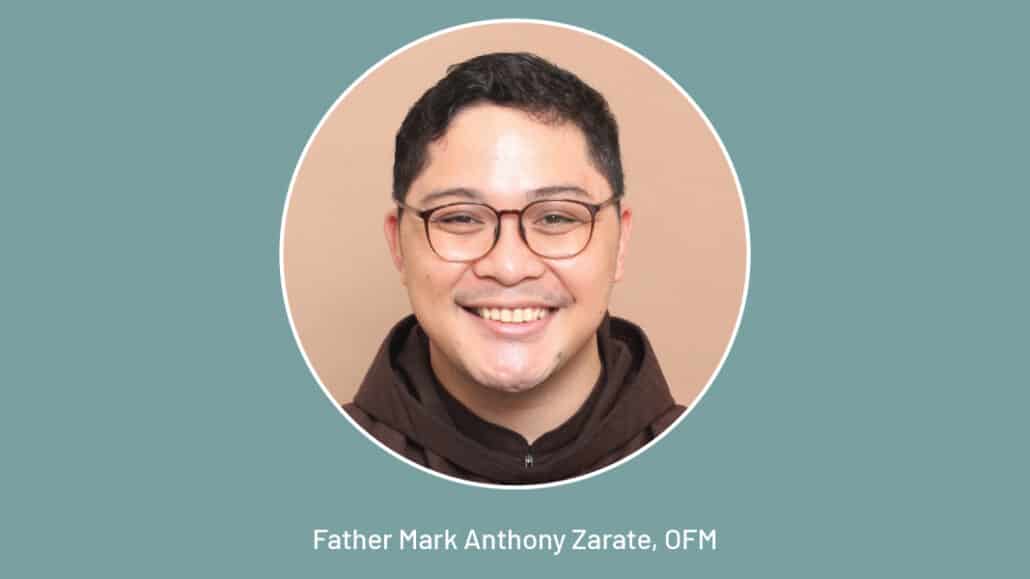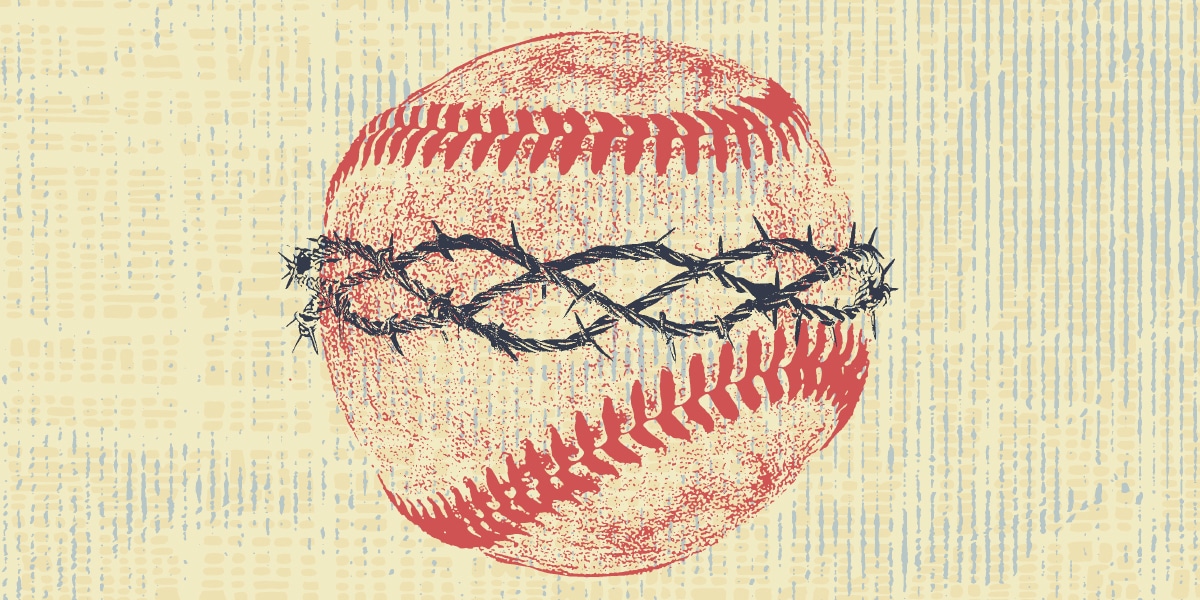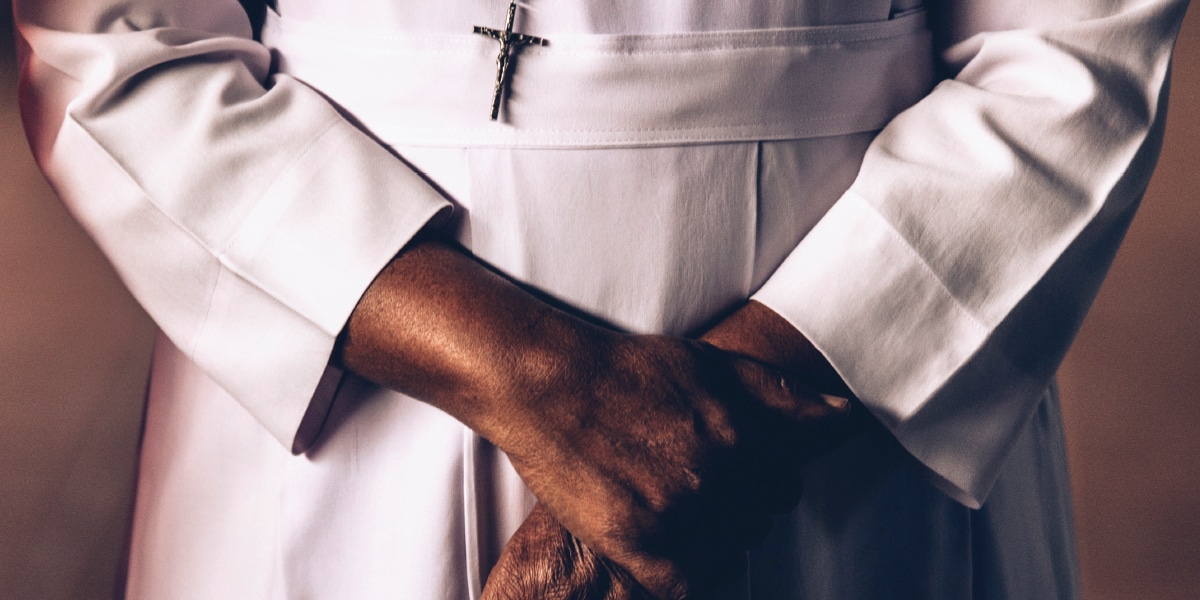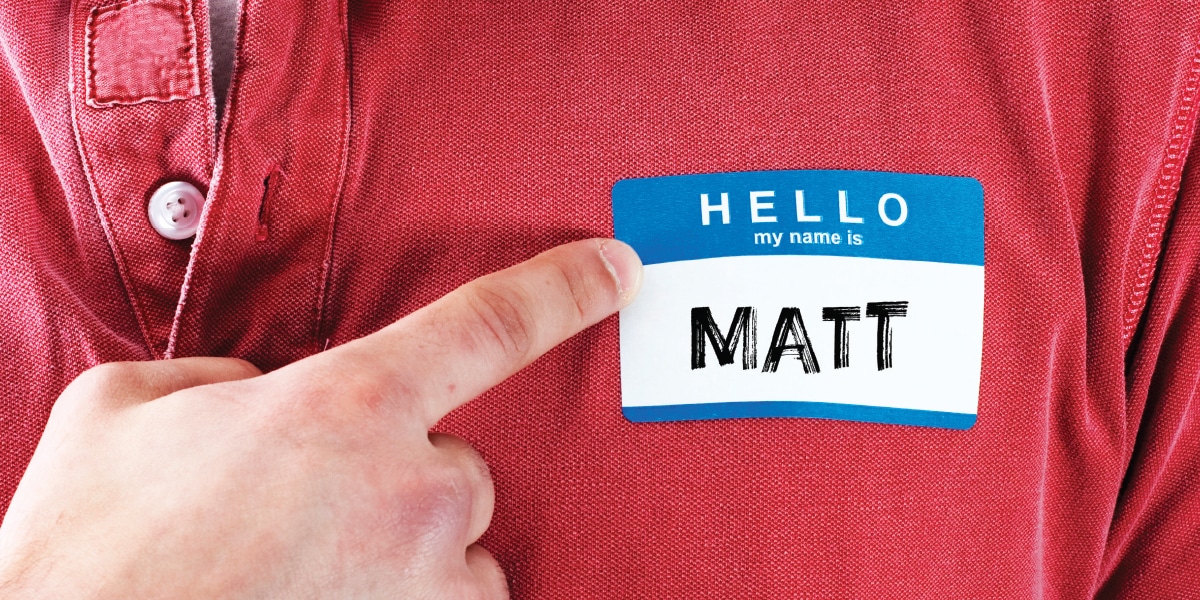Father Mark Anthony Zarate, OFM, is bringing the energy of a young priest to an urban Philippine parish of 10,000 Catholics. “Here in the parish, my role is to inspire people, to allow our parish to dream again, so that our parish may become a living community of Christ,” says the 31-year-old, one of five friars at San Vicente Ferrer Parish-Friary in Cebu City, Philippines. “I will only propose, and I will inspire them to dream about my proposals,” for the good of the parish, he says.
Father Mark first began serving the parish when he was ordained a deacon in April 2021. After his ordination as a member of the Order of Friars Minor that December, he was assigned to the parish as a priest in June 2022.
Formed in the Faith
Cebu City has a population of nearly 800,000 and is the capital of the Province of Cebu, which has 168 islands and islets. Father Mark grew up in the island-province of Siquijor, located near Cebu.
He describes his family as “very challenged.” His father was a bus driver; his mother was a teacher by profession but stayed home to care for their children. Mark Anthony was the oldest; he had a younger sister, and their younger brother died when he was 2 days old.
“Life in Siquijor is very tough,” he says. “Our family had to learn how to maximize the salary of my father.” Father Mark says he was raised “in a very Catholic family in a very Catholic neighborhood.” His mother was devoted to St. Anthony of Padua, which is why Father Mark’s middle name is Anthony. Their home had a small altar to St. Anthony, and they celebrated his feast every June 13.
Although his parents were not active in the local parish, their neighbors took young Mark to weekly Mass, Holy Week, and Christmas liturgies.
“That formed my faith when I was younger,” he says.
Learning the Franciscan Way of Life
Father Mark attended a public elementary school but went to a diocesan Catholic high school. Nearby was a Poor Clare monastery, where he was introduced to the international organization Franciscan Youth.
“That was the start of the enticement to enter into religious life,” he says.
The youth group often joined in the liturgical celebrations at the Poor Clare monastery, and it was there that he encountered members of the Order of Friars Minor. Sometimes, he says with a laugh, he used to wonder, “Is there another organization called the Order of Friars Major?”
The Poor Clares introduced him to the lives of St. Francis and St. Clare, and, at age 16, he entered the seminary. When he was assigned to San Vicente Ferrer Parish, in an urban work community near hospitals, universities, and shopping malls, “I tried my best to implement in the parish what I learned in my theology days,” he says.
Like many large parishes, San Vicente was subdivided into chapels, where people would attend Mass. But, over the years, some of the chapels were demolished because of development or road-widening projects, and people lost some of their Catholic identity. They would say, “We cannot celebrate Mass anymore because we don’t have a chapel.”
But using the model of a basic ecclesial community—smaller groups of Catholics who come together for prayer, reflection, and action—Father Mark suggested the parish begin offering Masses in open spaces, an idea he learned from Franciscans stationed in missions. He said the idea was that, as long as an area had space for a Mass, the friars would celebrate it. “Usually we celebrate on the sidewalks,” he says.
Small Communities Within the Parish
Mass is the starting point for the opening of the basic ecclesial community. Then come the weekly Bible sharing, services such as feeding programs, or monthly cleanup drives in response to Pope Francis’ call to action in his 2015 encyclical, Laudato Si’: On Care for Our Common Home.
When the parish began the Masses, the friars formed teams with laypeople, who were able to lay the groundwork in their neighborhoods. After the Masses and base communities were established, local parishioners elected a leader, and that person became a member of the parish pastoral council.
“I can say that it’s working because, for example, there are places here in our parish where people thought they belonged to another parish” until outdoor Masses were held in their areas, says Father Mark. “We have new volunteers helping us in running the parish church,” and people have joined the pastoral council from about 35 different places. “We are many now.”
In addition, Father Mark has collaborated to help with renovations to the main parish church. The church now has a new sanctuary, new sound system, and a new tile floor. “But we kept the pews, because the pews are still good,” he says. Many in the parish are young. Most are renters who work or study in the area for most of the year, then return home for several months.
Father Mark got the chance to return to his home last August for the feast of St. Clare. He was able to celebrate a novena Mass at the monastery and visit with his family, calling it “a time to recharge, a time to revisit my roots.”
He says he hopes St. Francis is happy with the work being done at San Vicente Ferrer. As much as St. Francis was a man of the poor, says Father Mark, “we are trying our very best to be with those who are considered existentially poor in our context.”








